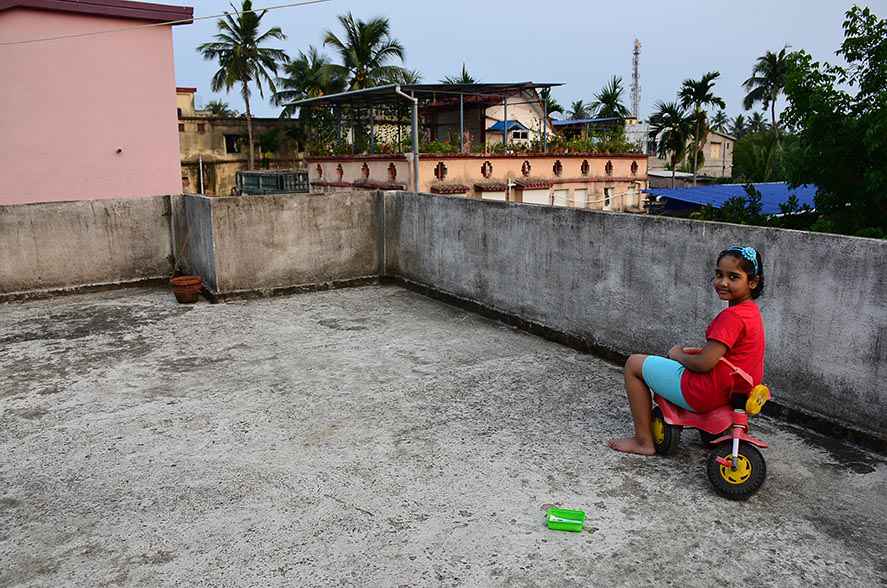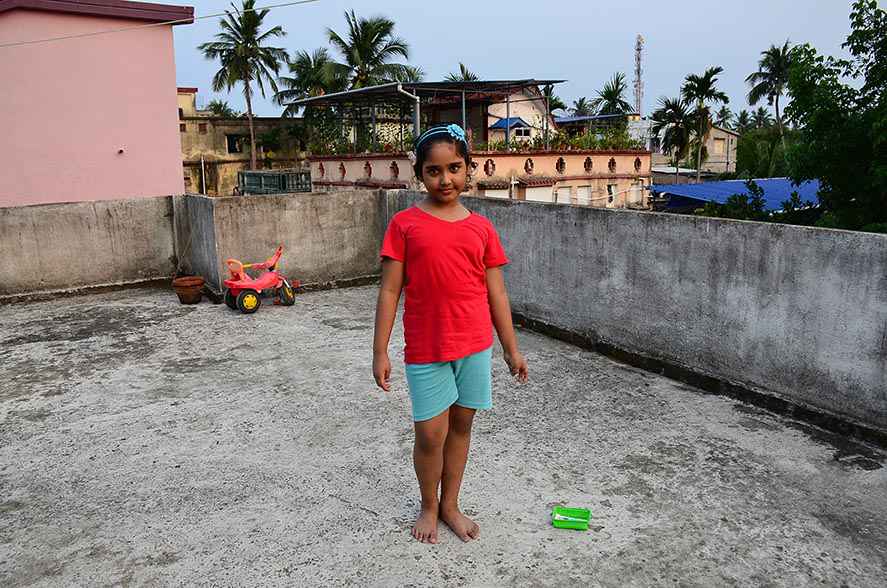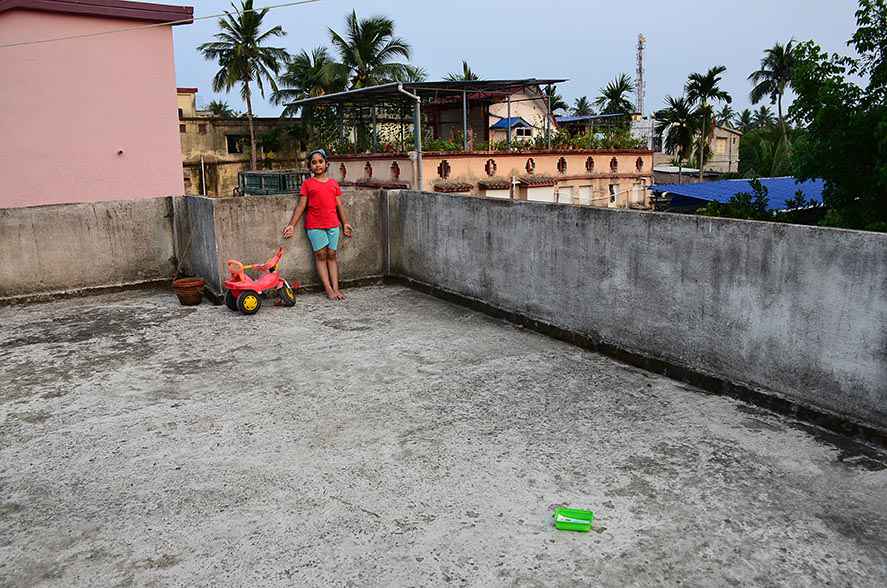Narrative and storytelling in conceptual photography
Narrative and storytelling are essential elements of conceptual photography. It is one of the characteristics of conceptual photography. Through carefully constructed scenes and compositions, photographers can create images that tell stories, evoke emotions, and engage viewers in a thought-provoking visual journey. Here are some ideas and techniques to incorporate narrative and storytelling into your conceptual photography:
Sequential Storytelling
Create a series of photographs that, when viewed together, tell a story or depict a sequence of events. Each image should contribute to the overall narrative, allowing viewers to follow a progression of ideas or emotions. Consider using visual cues, such as recurring objects or changes in composition, to establish connections between the images.
Character Studies
Develop characters within your photographs and portray their experiences, emotions, or personal journeys. This can be achieved through careful composition, expressive poses, and attention to facial expressions. Construct scenes that provide glimpses into the characters’ lives, leaving room for viewers to imagine their stories and fill in the narrative gaps.
Symbolic Props and Objects
Incorporate props or objects that carry symbolic meaning into your photographs. Each object can represent a specific concept or idea that contributes to the overall narrative. Think about how these objects interact with the characters or the environment to convey a deeper story or evoke particular emotions.
Environmental Portraits
Use environmental portraits to capture individuals within their surroundings, showcasing their relationships, experiences, or roles in a broader narrative. Pay attention to the details of the environment and how they relate to the subject’s story. The background and context can provide crucial visual cues that enhance the narrative.
Visual Metaphors
Utilize visual metaphors to convey ideas or emotions. Compose images in a way that combines different elements, objects, or scenes to create symbolic representations. These metaphors can offer viewers multiple layers of meaning and invite them to engage with the narrative on a deeper level.

Conceptual Compositions
Experiment with composition techniques to create visually intriguing narratives. Consider using framing, leading lines, and juxtaposition to guide the viewer’s eye through the image and construct a visual story. Play with negative space, patterns, or symmetry to enhance the mood or emphasize certain elements within the frame.
Ambiguity and Open-Endedness
Leave room for interpretation and ambiguity within your photographs. Instead of providing a definitive narrative, allow viewers to create their own stories or draw personal meanings from the image. This open-endedness encourages engagement and sparks conversations.
Emotion and Expression
Portray emotions and expressions within your photographs to evoke empathy and establish a connection with viewers. The narrative can revolve around the emotional journey of the subjects or convey a broader human experience.
Environmental Context
Consider the environment and its role in the narrative. The location, lighting, and overall atmosphere can contribute to the storytelling by setting the mood, conveying a specific theme, or reflecting the characters’ state of mind.
Title and Captions
Use titles or captions to provide additional context or hints about the narrative. The words accompanying the photograph can serve as a bridge between the visual elements and the story you want to convey.
In conceptual photography, narrative and storytelling invite viewers to actively engage with the image, unravel its layers of meaning, and form their own interpretations. By employing various techniques and incorporating these elements into your work, you can create compelling and immersive visual narratives that captivate audiences and ignite their imagination.





